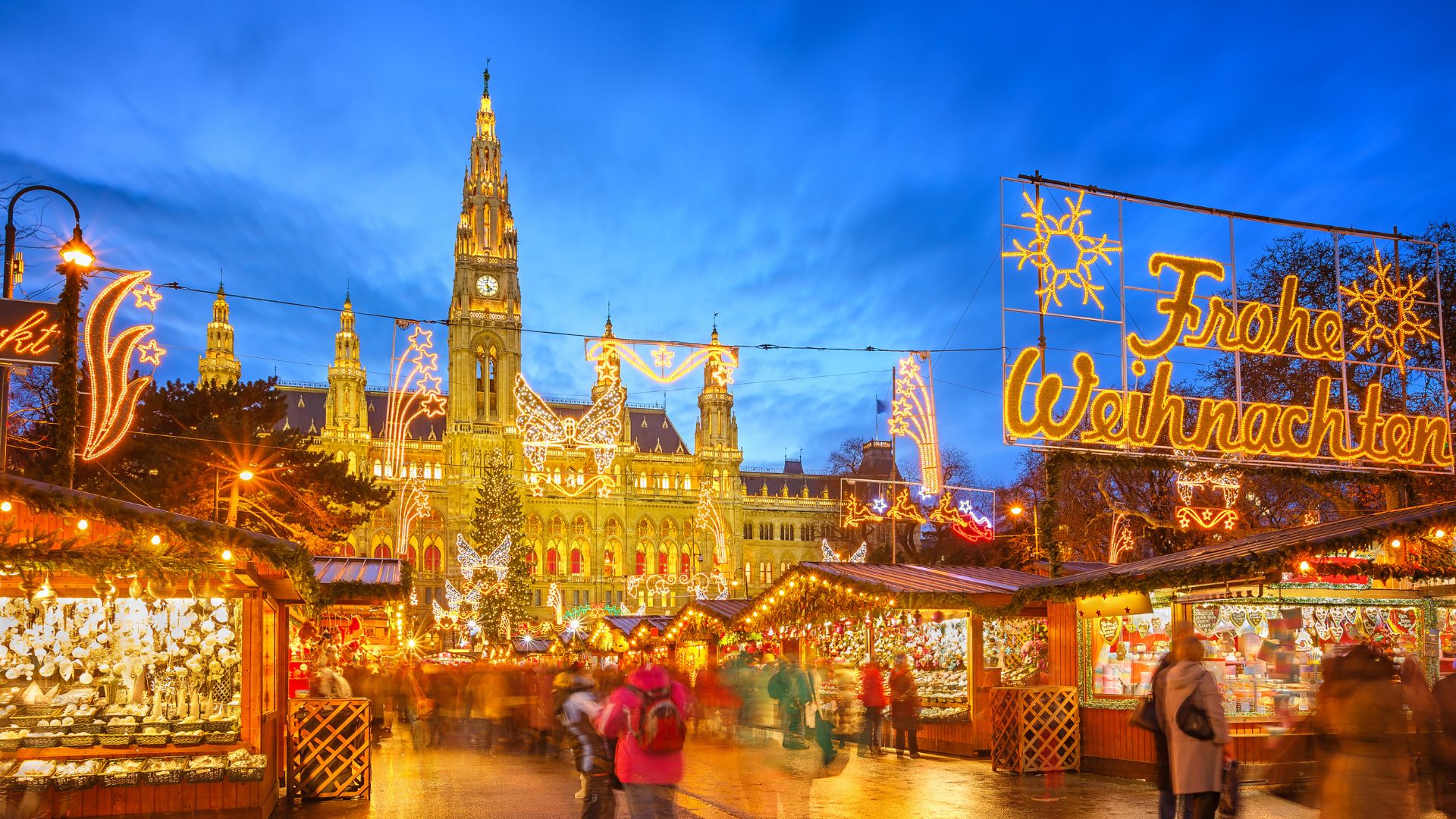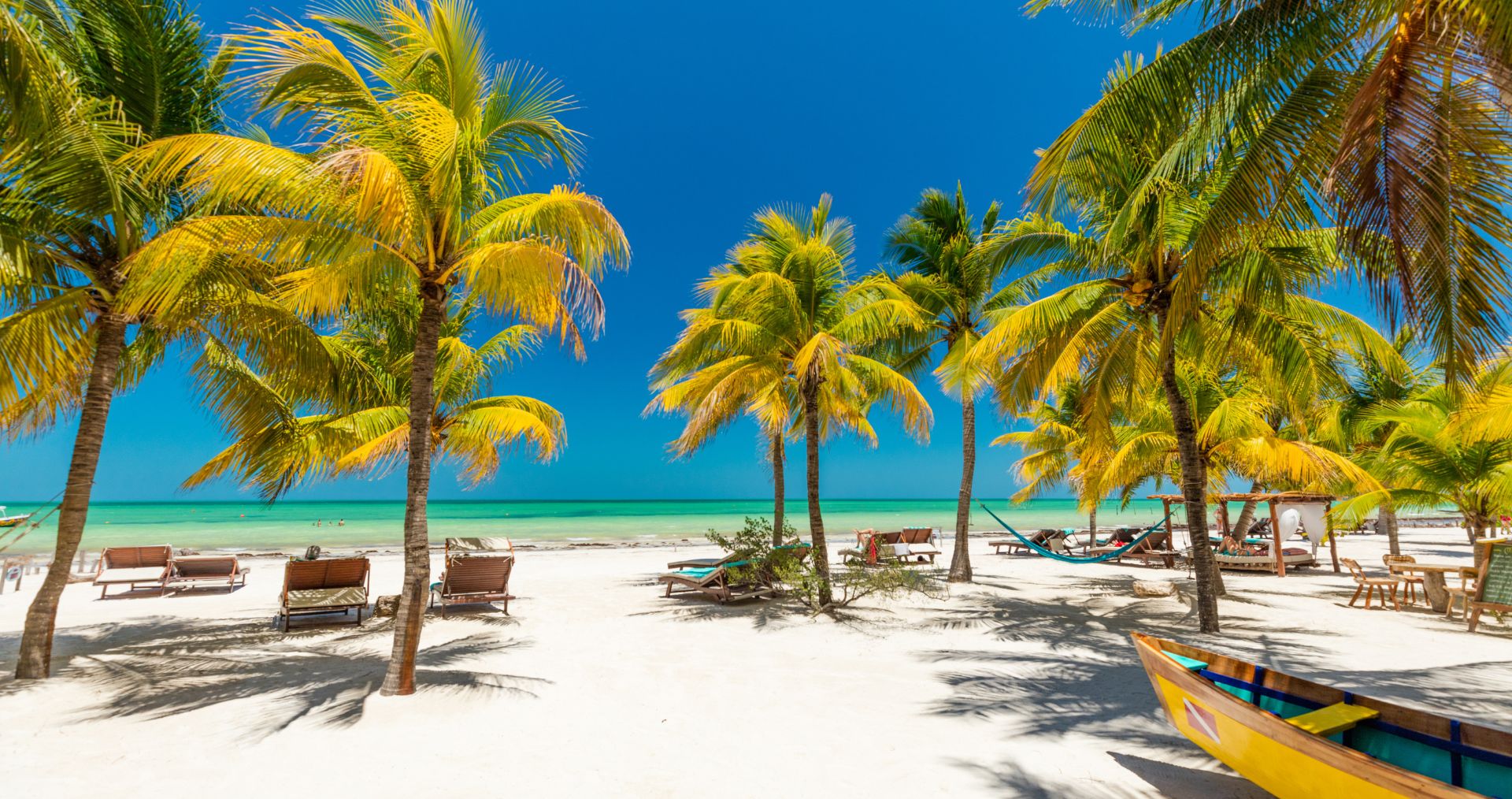Imagine a continent the size of the US, home to 45 countries, and where each nation has its own language, distinct customs, lifestyle and history. A patchwork of arts and culture, a mosaic of landscapes and historical monuments, a treasure trove of traditions, culinary delights and world heritage, all spread across an invigorating range of climate zones.
That continent, of course, is Europe, and it’s just a flight away from home. With so much variety, and such perfect transport infrastructure, Europe is a joy to travel, at any age and in any company. It’s also one of the safer zones of the world, so the chances of major mishaps are slim! However, although many of America’s forefathers sailed from Europe, and we share many common cultural and historical roots, Europe is still a journey into new and unknown territory. Minor frustrations, misunderstandings, or circumstances you’re not prepared for, can all dampen the spirits, and slightly tarnish the magic of a trip.
With that in mind, here are a few useful things to know beforehand, so that your European journey is the hassle-free and unforgettable experience it deserves to be!
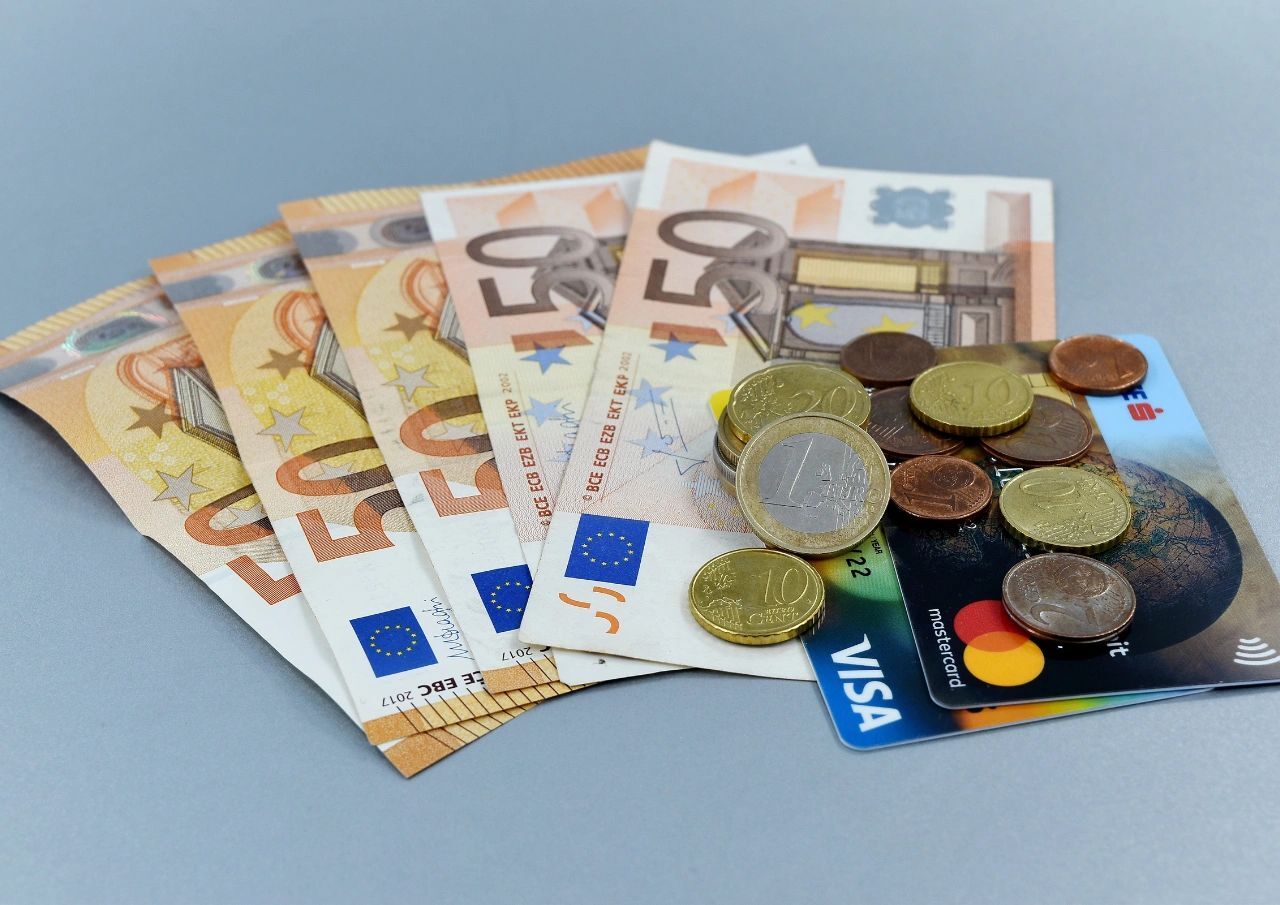
Bank Cards and Currency
Finding yourself short of cash, unable to pay for a service, or, worst of all, unable to access your funds when abroad, is every traveler’s worst nightmare. Be sure to contact your bank and credit card company to let them know the dates you’ll be in Europe, and the countries you plan to visit. Due to the prevalence of credit card fraud nowadays, you might otherwise be mistaken for a fraudster and your card or cards end up blocked.
Always pay in local currency. When you pay by card, some stores may ask if you want to pay in dollars, or in their national currency. Choose the latter option because conversion fees from dollars can be exorbitant.
Check with your bank what ATM fees you should expect once you’re in Europe. If they partner with local banks, they use ATMs attached to those banks. If you can’t avoid a fixed charge every time you make a withdrawal, take out larger amounts (and keep your cash in a safe place).
Avoid huge denominations and carry small change. The smallest denomination for euros is 5 euros, and largest 500. Due to the risk of forged notes, some places (particularly smaller shops or businesses) may refuse anything larger than a 100 note. Try and have some coins on you at all times. They will come in handy for things like public toilets or public transport ticket vending machines.
Finally, remember that only 19 of Europe’s countries are in the Eurozone. Be sure to have some dollars in cash you can change on arrival in countries that have their own currency.
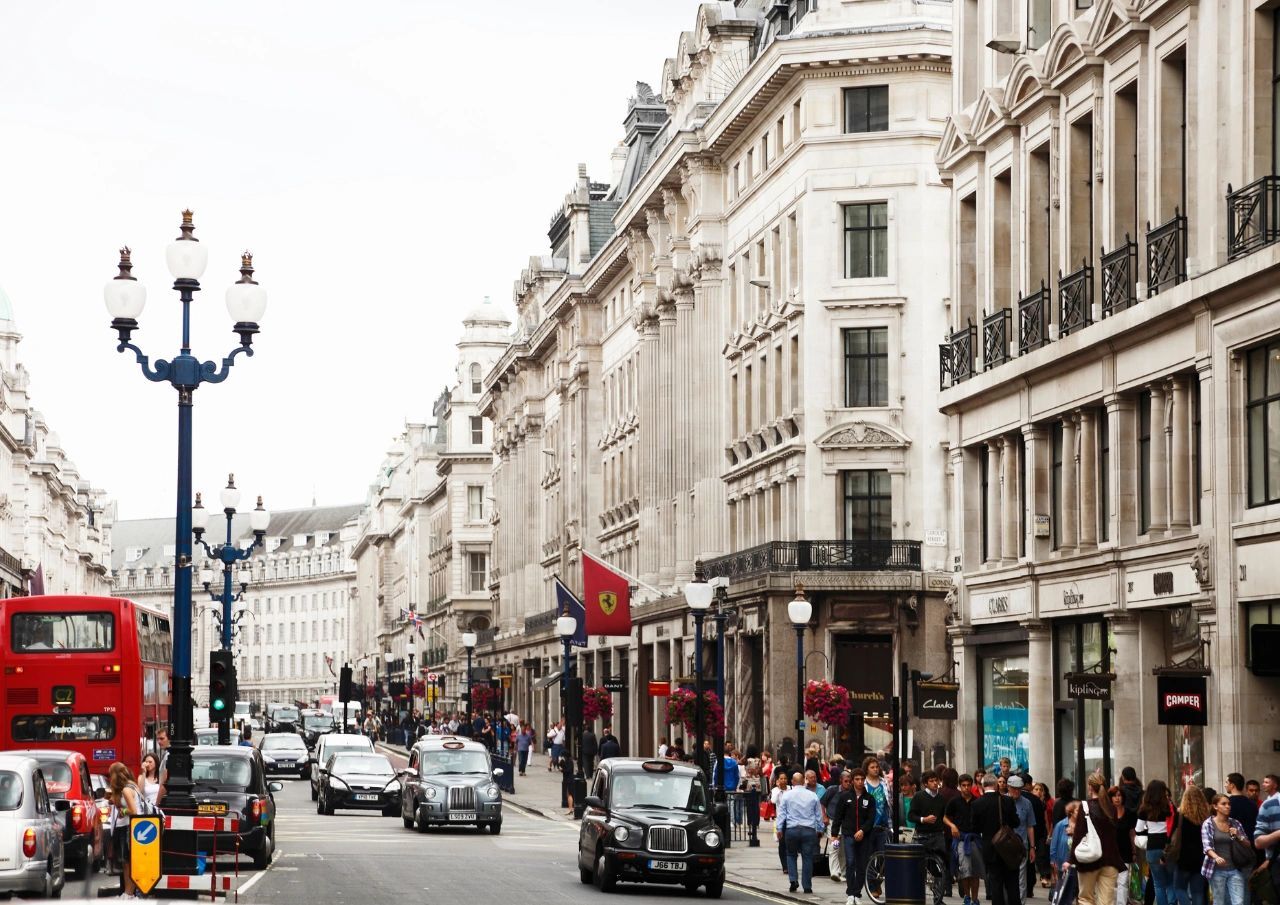
Getting Around
Flights within Europe can be incredibly cheap (though extra charges add up quickly – the cost of check-in luggage for one). To the point where sometimes flights are more economical than trains! But Europe’s rail network is fantastic, and trains are a great way to travel – you can get around the cost issue by buying a rail card, or purchasing tickets well in advance (the price difference can be staggering).
Aside from inter-city trains and buses, public transport in European towns is next level. It makes perfect sense to use tramways, buses and subways as much as you can.
Always remember to validate your ticket when you board public transport!
It’s easy to happily get onto a train, bus or tram with a brand new ticket, only to find you’re not a legitimate traveler because you haven’t validated it. And transport fines are not the kind of memory you want to take away with you!
Walking is the best way to enjoy European cities. Just make sure you respect pedestrian rules, such as only crossing streets when the light is green! Not all countries are equally strict with regard to this, but in Germany, jay walking could earn you a 5 euro fine!
If you’re an experienced driver, hiring a car is a great option too. Make sure you get an international driving license before you travel. Be prepared to find many roads and parking lots in Europe smaller than in North America – and take note that almost all Europeans drive manual transmission cars. Check with car rental services whether they have any automatic vehicles.

Phone and Internet
Check with your phone provider what services they’ll provide for you in Europe, and at what cost. Be careful when downloading city maps or apps – you may not be making international calls, but you can still use up a lot of data!
Wi-fi is much less prevalent in Europe. Even major restaurants or hotels don’t always have it. Tourist information offices are a good bet in case of need. If your phone isn’t locked, you have the great option of purchasing a multi-country SIM card. This will give you access to phone and internet services across borders.
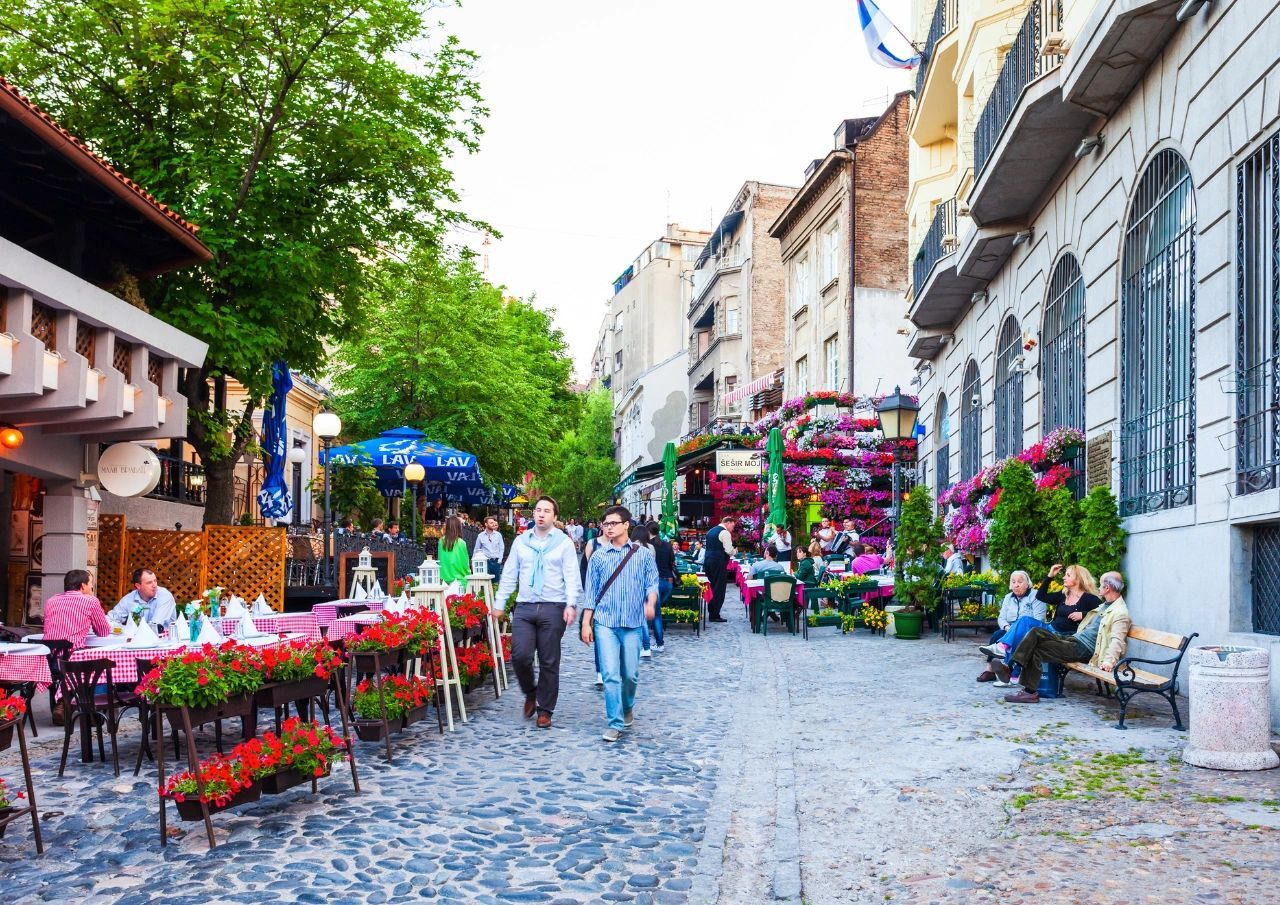
Food and Shopping
Meal times are very different in Europe, particularly in southern and Mediterranean countries. While northern Europeans might have dinner at six, the French might only be on pre-dinner drinks at 7, and in Spain its perfectly normal for people to eat at 10 pm.
Europeans enjoy siesta time too. Many shops close at lunchtime, and in some countries an early afternoon nap can mean grocery stores only open again at 4 or 5.
Most shops put their shutters down by late afternoon. And even supermarkets often close at 7 or 8 pm. In short, Europe is not 24/7 territory!
You’ll want to try Europe’s restaurants, but don’t go leaving large tips. In most countries, service charges are included in the price, so there’s actually no obligation to tip at all. However, if you’ve enjoyed your meal and been served by friendly staff, a 5 to 10% tip will be an adequate token of your appreciation.
Finally, however tempting it may be to have lunch with a view of the Leaning Tower of Pisa, or on Piccadilly Circus, prices in central tourist areas can be exorbitant. Try talking a stroll just a bit further out – you’ll lose the tourist crowds, and may end up in a lovely neighborhood eatery among locals!
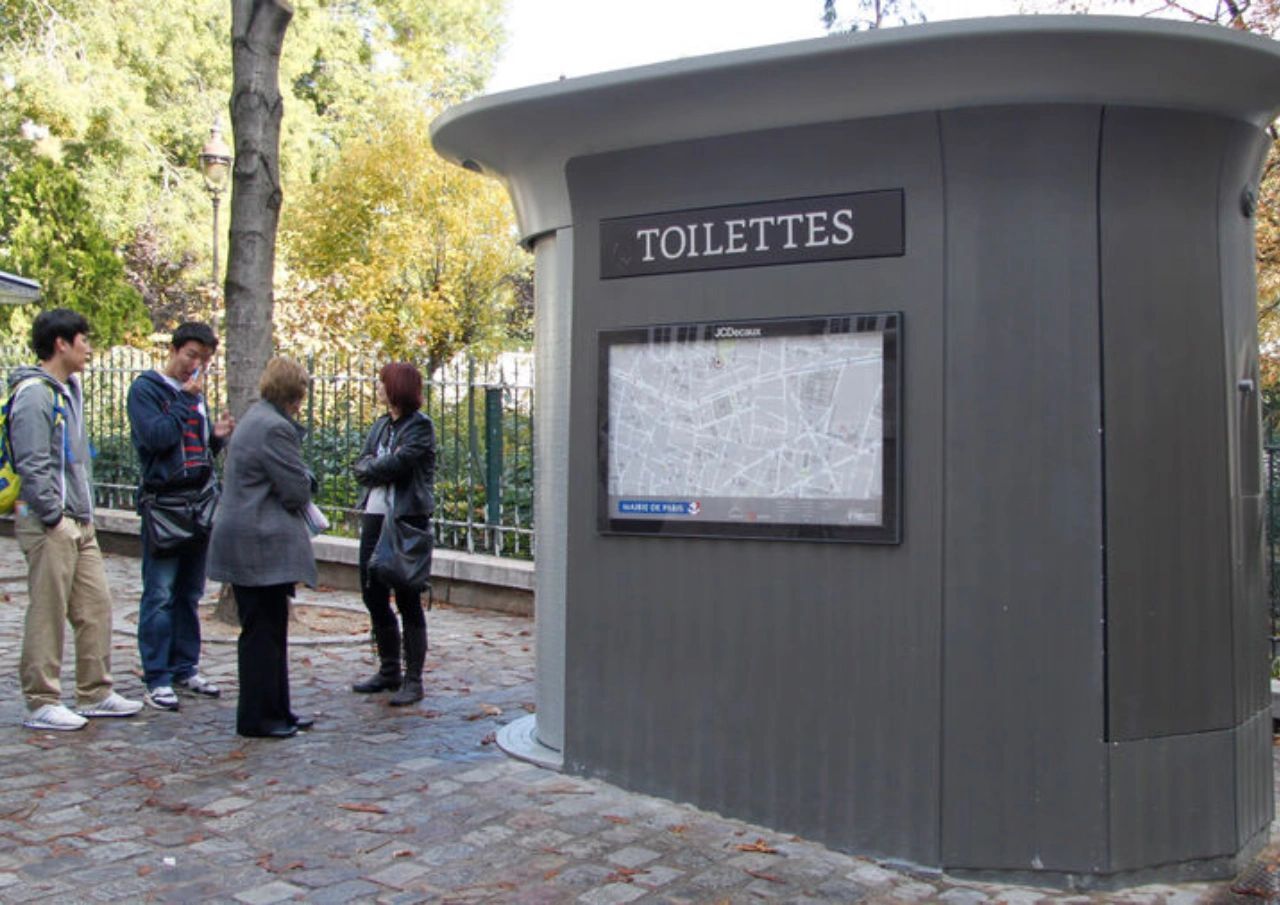
Accommodation and Public Rest Rooms
Population density in Europe is almost four times that in the US. So imagine having to share your personal space at home with three other people! Many things are smaller there, including hotel rooms. And hotel beds! A single room is just that – a room for one person, with a one-person bed! In modest establishments, a double room can be two of those pushed together.
Many buildings in Europe are old. Which makes them very quaint. But they may have few, or no elevators. The only (or quickest, to avoid a queue) way to get to your room may be via the stairs.
European electric sockets and plugs are different too. Thankfully, a single adaptor will allow you to plug your devices in anywhere in Europe. But in Britain, things are different again! Get a multi-country adaptor before you leave, and the problem is solved.
In spite of hot summers in central and Southern Europe, air-con is not ubiquitous. And places that have it may not switch it on by default. Furthermore, your hotel key card is often what puts the power on – you may think the air-con is making your room pleasantly cool while you’re out for dinner, but if your key card isn’t slotted into its designated space, you may return to a hot, stuffy bedroom!
Public toilets usually incur a small fee. It’s not much – but if you don’t have any coins on you, it’s still an issue. Most toilets nowadays are modern and well maintained. But if you have bad knees, check first that your café’s bathroom isn’t a squat toilet. It doesn’t hurt to have toilet paper in your purse or backpack either.
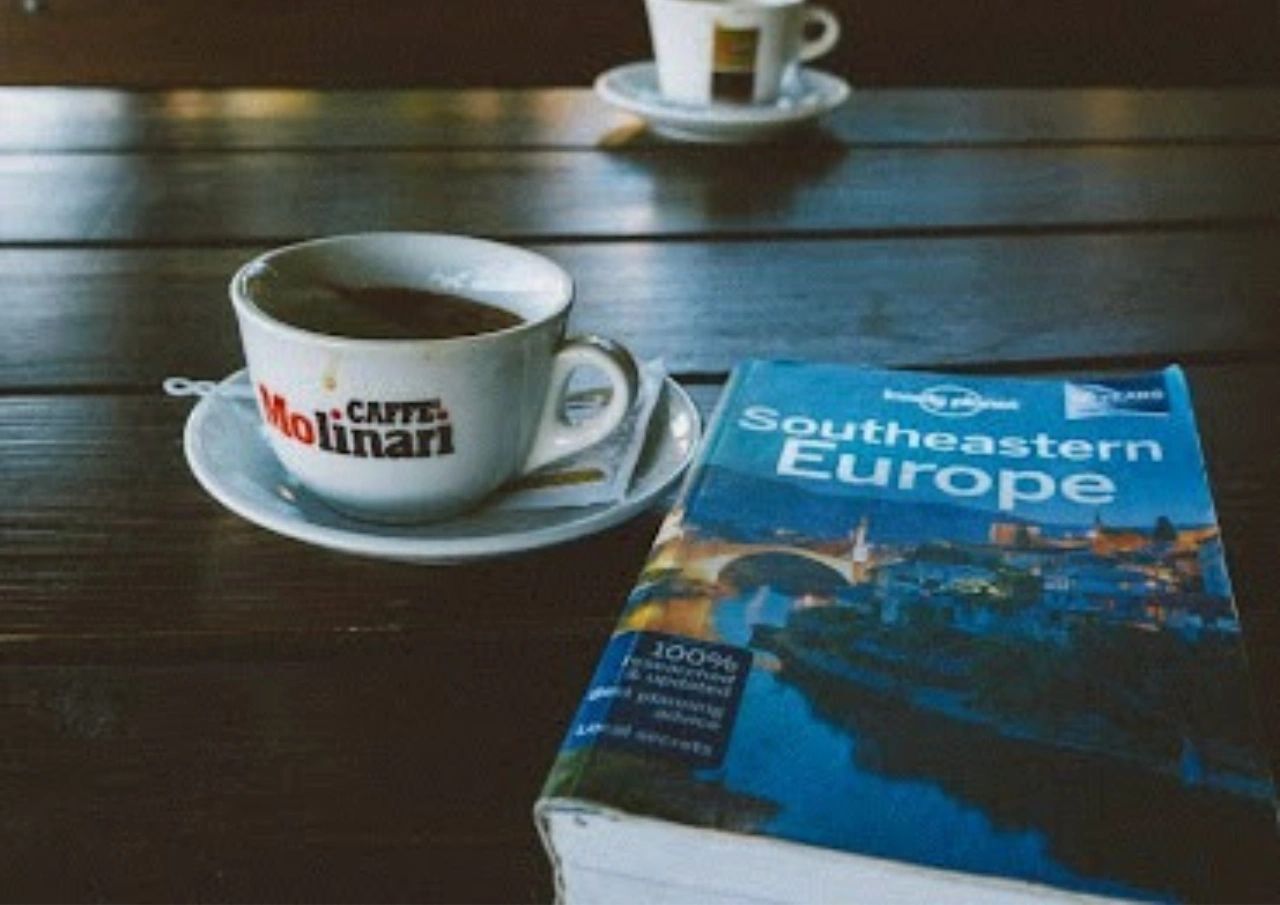
Planning Your Journey
Europe is great at any time of year, and indeed winter, with its Christmas illuminations, mulled wine and (if you’re lucky) snow, can be a beautiful season to visit. May to September is when the weather is best, and in June and July you’ll get the longest hours of daylight. July and August can be surprisingly hot however. And you’ll be traveling at the peak of the high season. Prices increase radically at this time of year. The flipside of this is that they’re also much lower during other months. May, or early October, can offer great weather, the absence of tourist crowds, and totally different price ranges.
Knowing even a few words of the local language will change the way locals relate to you. Download apps like Google translate by all means, but learning at least basic greetings will earn you a smile. Over the past decade, English has become more widely spoken and understood in Europe, but be prepared for places where this still doesn’t apply, especially off the beaten track!
Much of Europe – 26 countries to be precise – is part of what is called the Schengen region. A visa for any one of these countries grants you entry to all the others. But for other countries, (the UK, Ireland and Croatia for example), you are likely to need a separate visa. Don’t get caught short, and check the entry requirements to the countries you’d like to visit before you go!
Be sure to have copies with you of all your ID and personal documents – in both digital format and as hard copies if possible. And if you’re on medication, let your doctor know you’ll be away so you can get enough meds to last you for the duration of your trip. Renewing a prescription in Europe can be very hard, not least because not all medications have the same status in Europe as in the US.
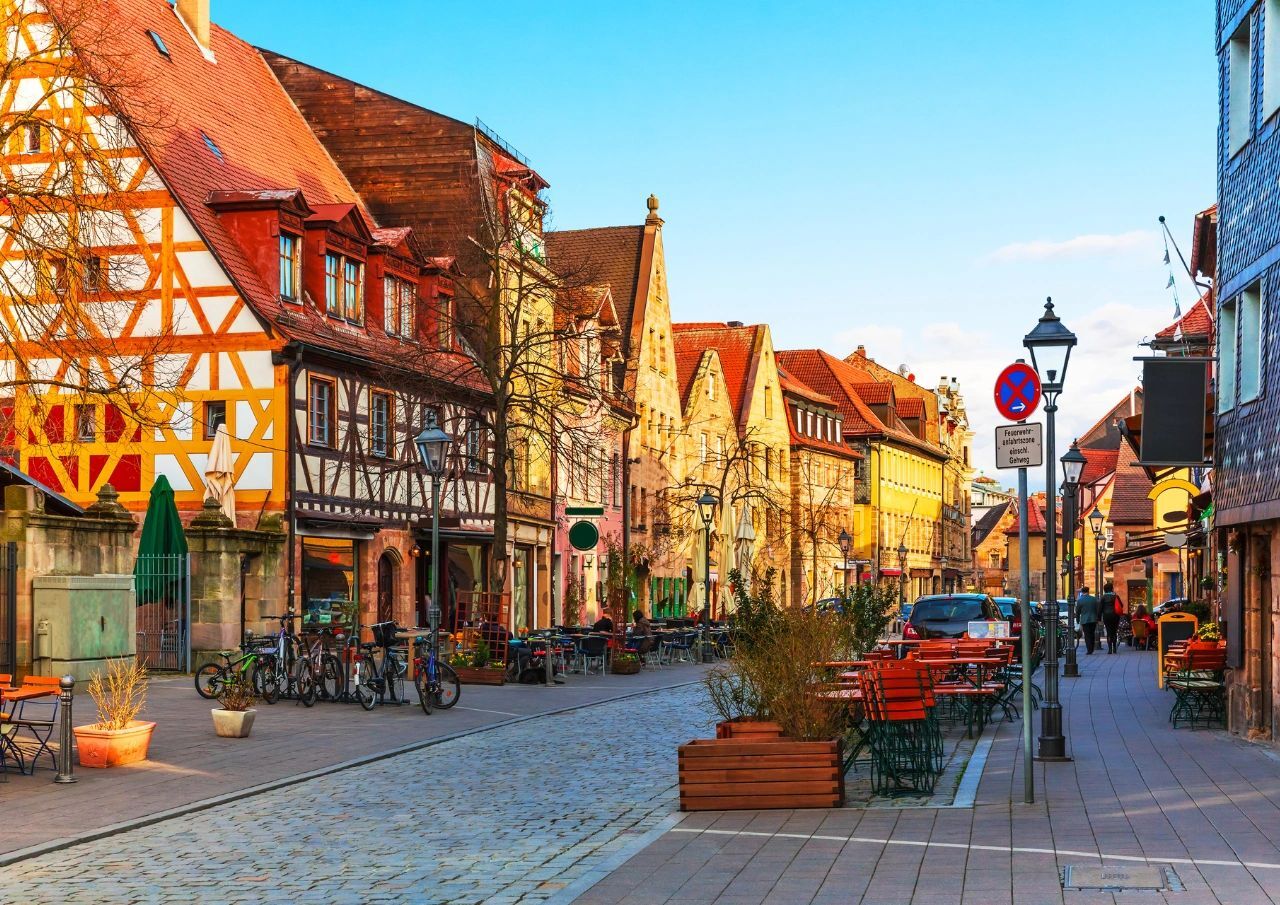
Finding yourself in new situations, and adapting successfully, is part of what makes travel fun. But it certainly helps to know what to expect. Researching your destinations beforehand is never a waste of time.
—
As travel experts, we know Europe well. If you’d like to organize a great trip to Europe, and get all the info you’ll need ahead of time without lifting a finger, contact us to see how we can help!




